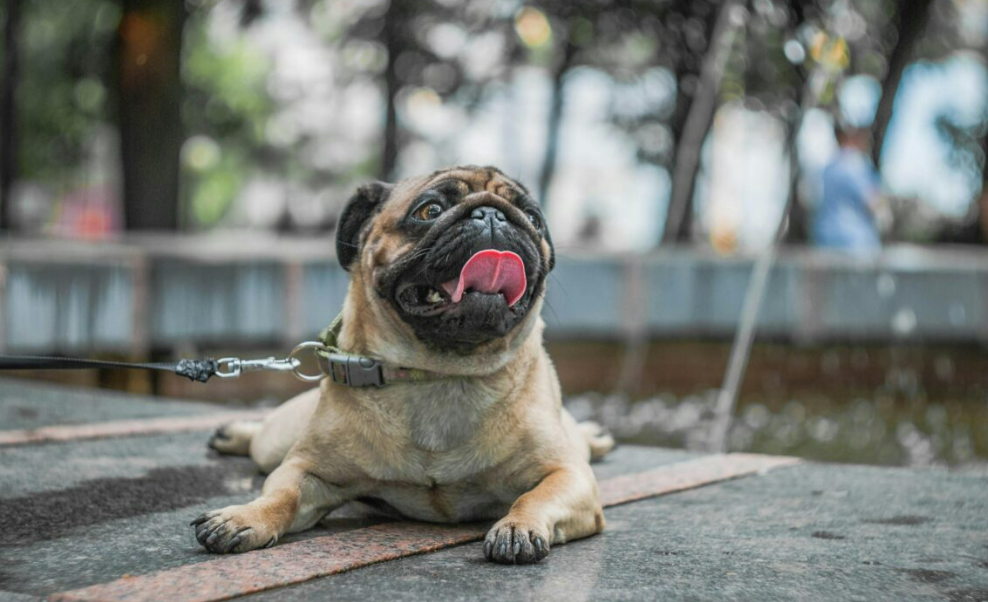Pugs must be one of the most common dog breeds in the world. They have their folded face, curled tail, and big personalities. That’s why millions won over their hearts. If you already have a pug or are thinking of getting one, if you just want to learn more about this lovely breed, here is your complete guide.
We will cover everything from the care of Pug Puppies, their accessories, lifespan, popular mixes, and answer all your most common questions about their special traits.
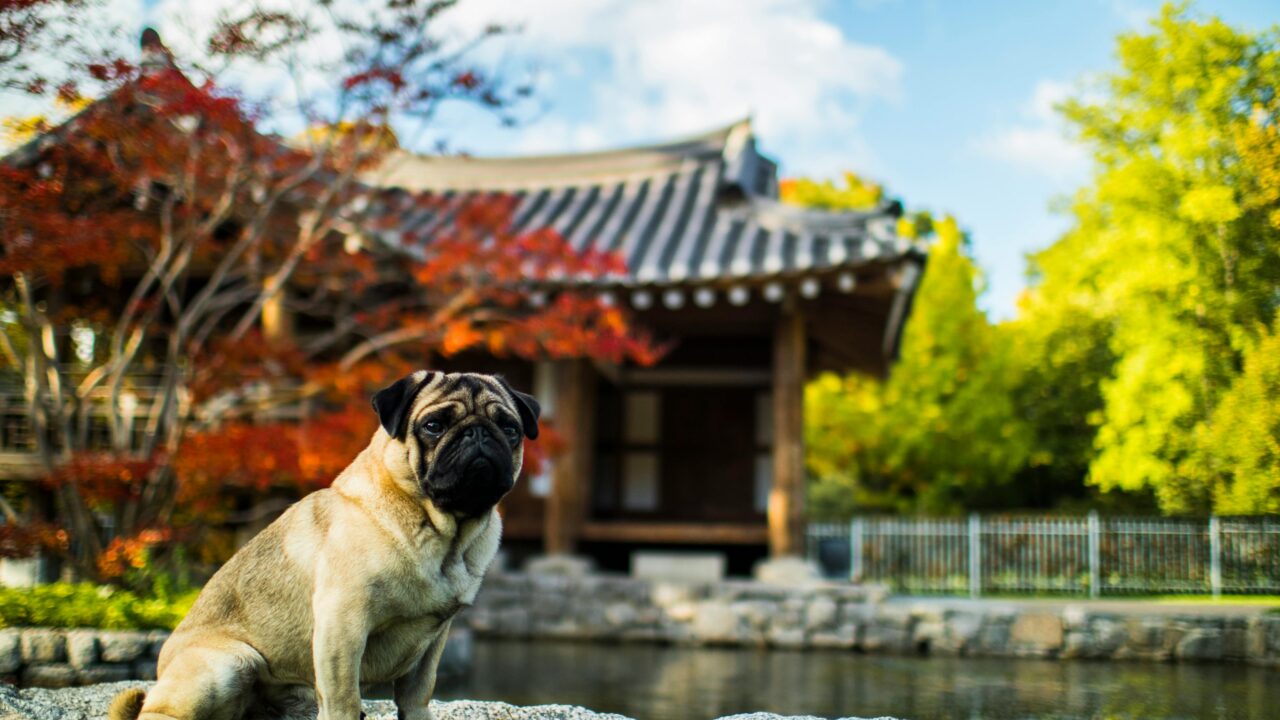
Why Pugs Are Awesome Dogs?
Pugs are affectionate, loyal, and very charming. They are perfect for both families, singles, and seniors. They are small and easy-going, making them ideal friends for apartments or larger houses.
Here’s why many fall in love with pugs:
- Low Maintenance: Pugs require little grooming or exercise.
- Goes Well with Kids: Their playful and gentle nature makes for an excellent family pet.
- Adjustable: Whether you live in a small apartment or a house with a yard, pugs fit right in.
- Temperament: Pugs are comical and entertaining, often bringing laughter to the situation.
Pug Breed Overview
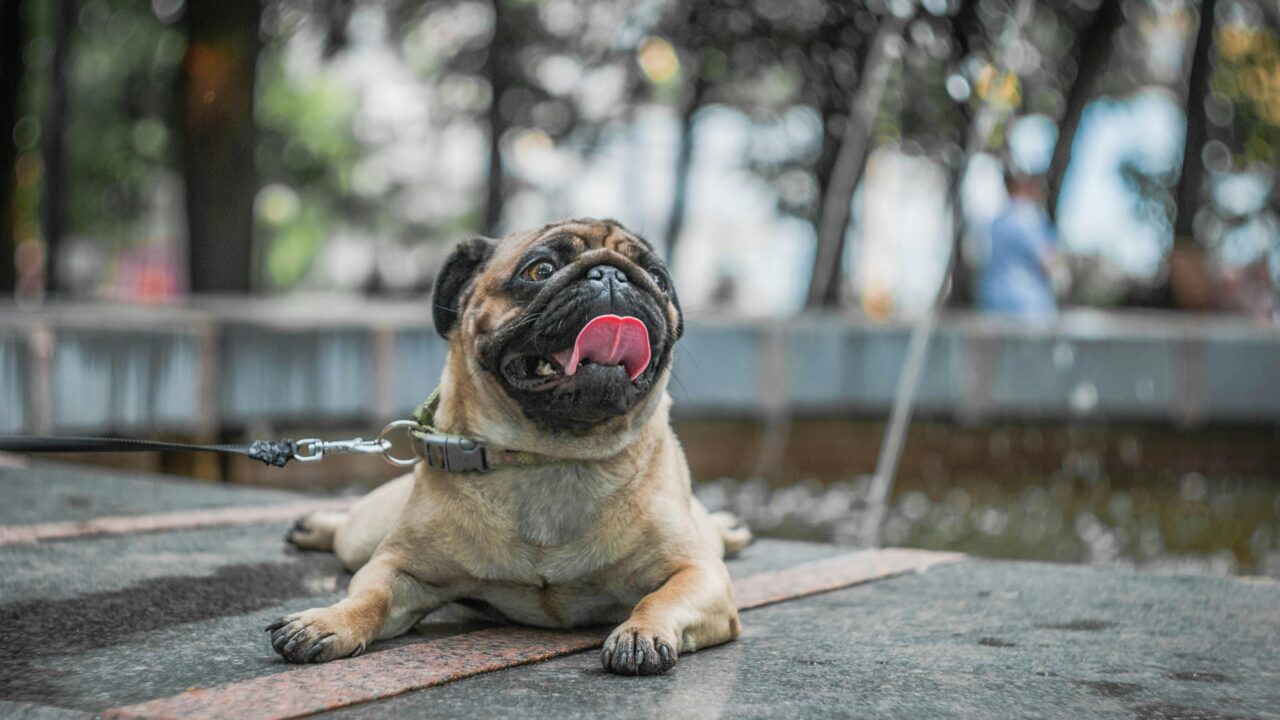
Before we dive further, let’s take a look at some key facts about pugs:
- Breed Group: Toy (American Kennel Club – AKC)
- Height: 10 to 13 inches
- Weight: 14 to 18 pounds
- Personality: Charming, playful, loving
- Energy Level: Low to medium
- Coat and Colors: Short and smooth; common colors include fawn, black, white, and silver
- Life Span: 12 to 15 years
Pugs are great companions for people seeking a small, loving dog with a big personality.
Caring for Your Pug: The Basics
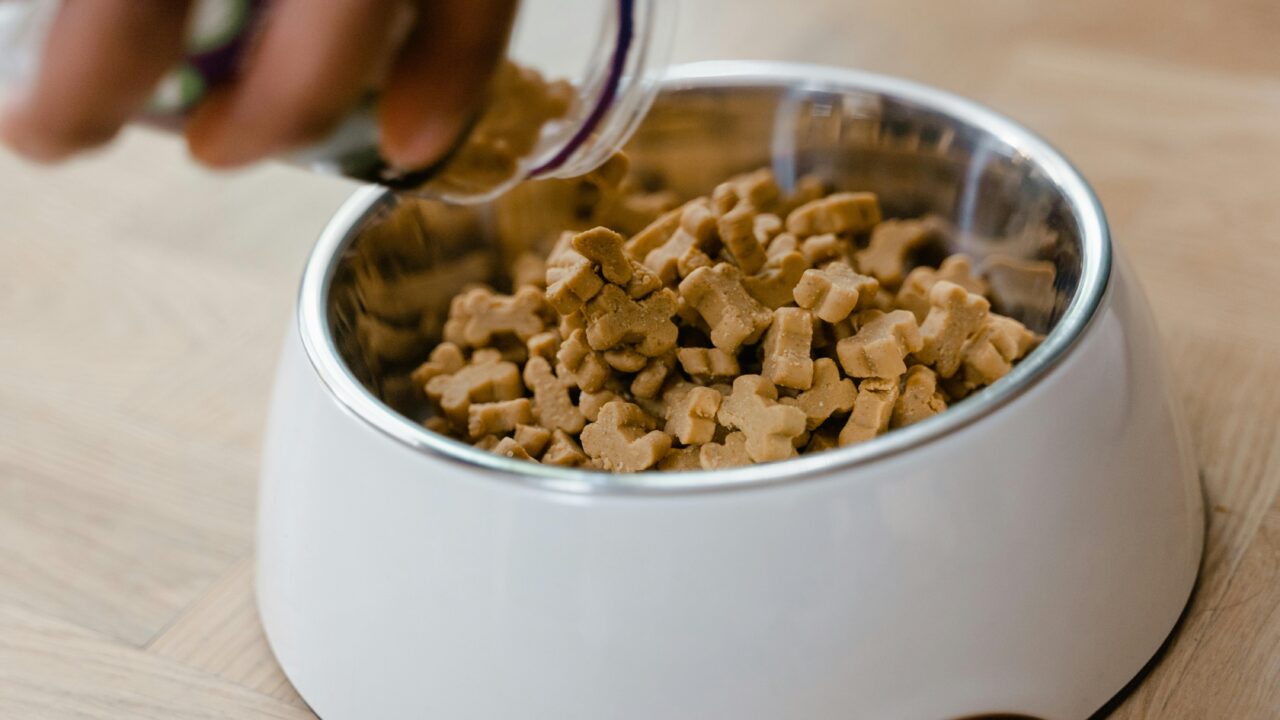
Pug Dog Food: What to Feed Your Pug?
Pugs love food-sometimes too much! They need a balanced diet to stay healthy and prevent obesity.
- Recommended Diet: Choose high-quality dog food specifically formulated for small breeds. Look for a formula rich in protein, healthy fats, and carbohydrates. Avoid foods with artificial additives or fillers.
- Portion Control: Pugs are overeaters, so the portions will have to be measured precisely. On average, the pug consumes 1 to 1.5 cups of food per day, spread out between two meals.
Healthy Treats: The best way to train and bond with your pug is through giving them healthy treats. A low-calorie treat that would suit a pug would be carrot sticks, green beans, or small dog treats.
Exercise for Pugs: How to Keep Them Active
Although they are not energy dogs, pugs still require regular exercise to remain healthy and happy.
- Daily Walk: A 20-30 minute walk is all a pug needs for the most part.
- Indoor Play: Interactive toys or a game of fetch help burn excess energy. Avoid Overexertion: Pugs are very prone to breathing issues from their flat face. So, avoid exercising them on hot or humid days.
Grooming Your Pug
- Coat Care: Pugs have a short coat and are relatively low maintenance when it comes to grooming. Groom them once a week, removing loose hair, so that the coat remains shiny.
- Facial Wrinkles: The wrinkled face is perhaps one of the pug’s most distinguishing features. Moisture can collect in such wrinkles, creating a breeding ground for infection. Clean the wrinkles with a soft, damp cloth and dry them completely.
- Bathe: Give a pug a bath every 4-6 weeks or as needed. Use a soft, gentle dog shampoo which does not irritate the skin.
- Trim Nails: Trim their nails every 3-4 weeks. Long nails may be painful and will hinder their pace of walking
Pug Accessories: Keeping Your Pup Stylish and Comfortable
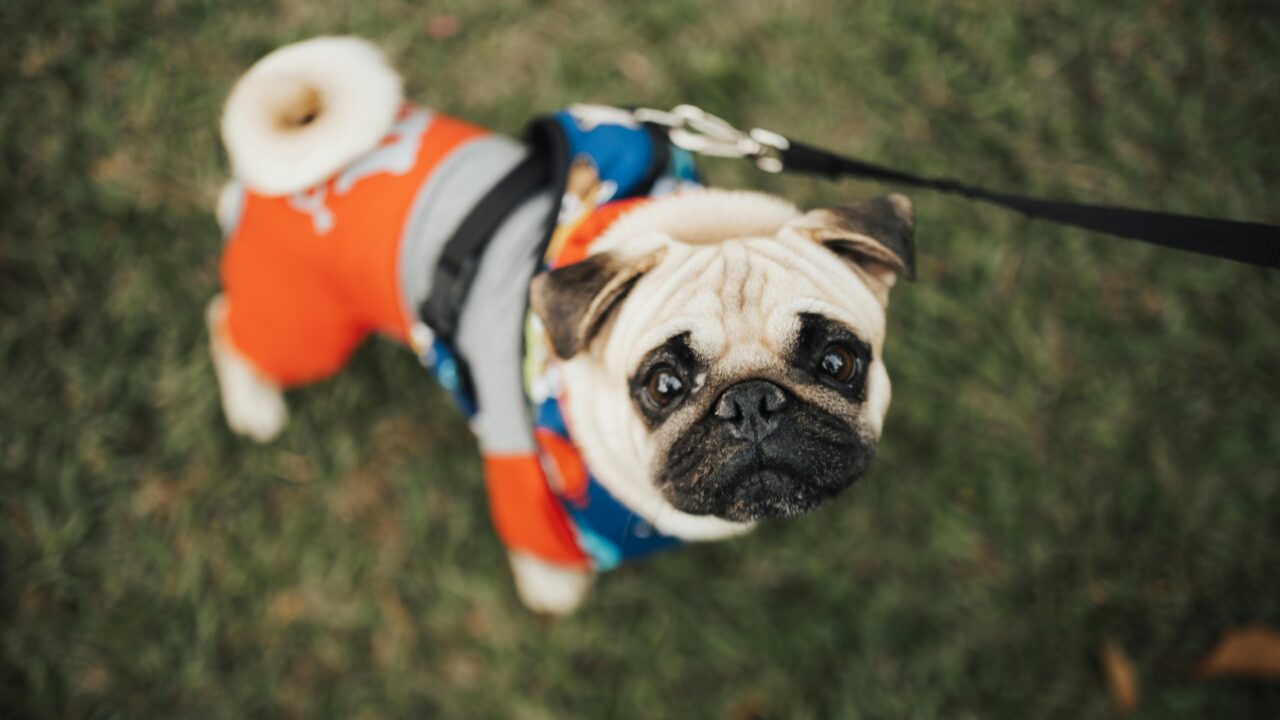
Pug Dog Clothes
Clothing for pugs is both fashionable and functional. Their short coats don’t provide much insulation, so they can get chilly in cooler weather. Sweaters, hoodies, and jackets are perfect for keeping your pug warm and stylish.
Dog Sweaters for Pugs
Buy quality sweaters that are made from soft and breathable materials. A good sweater will keep your pug warm while walking during winter without being uncomfortable.
Pug Dog Dress
Pug dog dresses can make your pet stand out during special occasions. Choose lightweight and non-restrictive options so that your pug can move freely.
Pug Dog Belt (Harness)
A harness is a must for pugs. Standard collars usually stress the neck and aggravate the problem of breathing. Look for a small breed-specific harness with adjustable straps for the ultimate comfort fit.
Pug Dog Bed
Your pug needs a comfortable place to rest. An orthopedic bed would be a good investment, providing extra support to joints. Look for soft, easy-to-clean covers to keep the bed hygienic.
Pug Dog Teddy
Pugs love cuddling with soft toys, so a pug dog teddy is just a perfect addition to their collection. Try using strong, high-quality toys to withstand their play and chewing.
The Happiness of Pug Puppies
Care for Pug Puppy
Pug puppies are pretty energetic and cute. They will require a lot of patience and proper socialization and constant training to grow into nicely behaving adult dogs.
- Basic Training: Start from the simplest commands like “sit,” “stay,” and “come.” Use treats and praise as a way of positive reinforcement.
- Socialization: Introduce your puppy to many people, animals, and environments early so they gain confidence.
- Health Checkups: Regular visits to a vet for vaccinations and check-ups are essential.
Popular Pug Mixes
Pugalier Puppies Pugaliers are a cross between a pug and a Cavalier King Charles Spaniel. They are sweet and gentle, with a friendly disposition, and often have a shorter snout, which limits breathing problems.
Pugapoo Puppies The pugapoo is a cross between a pug and a poodle. It’s intelligent and energetic, with inherited hypoallergenic characteristics from the poodle parent, making it a good choice for families with allergies.
Lifespan of a Pug Dog: How Long Do Pugs Live?
A pug averages around 12 to 15 years. With proper care, many pugs live beyond this average.
Factors Affecting Lifespan
- Diet and Exercise: Keeping your pug fit will make them live a long life.
- Regular Visits to the Vet: Going to the vet when due helps detect any health issue in good time.
- Genetics: Since all the puppies of healthy breeders are healthy enough, one would avoid most of the genetic diseases.
If you want to know how long does a pug live or how long do pugs live, you should know the role that the care and attention from you play in such their lifespan.
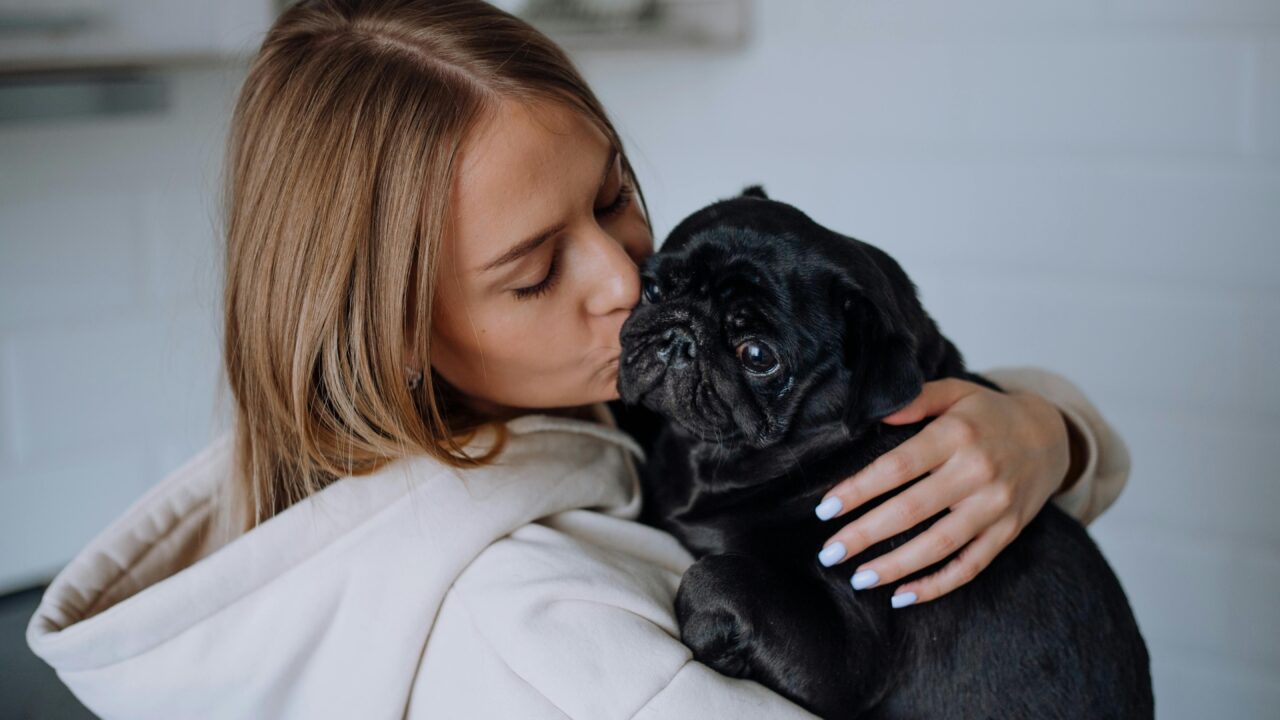
The panda pug is a rare and striking variation with black and white coat markings somewhat resembling a panda. Though they share the same lovable personality as regular pugs, it’s their unique appearance that sets them apart.
Where to Find Pug Dog Puppies for Sale
If you’re ready to welcome a pug into your family, finding the right breeder or adoption center is crucial.
Responsible Breeders: Select only responsible breeders who genuinely care for their puppies’ health and welfare. Ask if you can view health clearances. Consider visiting the facility as well.
Adoption Centers: Rescue groups often specifically work with breeds of pugs. Adopt a pug not only gives them the life they deserve, but you will have a buddy, too
Conclusion: Pugs Are Perfect Companions
Owning a pug is an amazing experience. These adorable, friendly dogs bring joy and laughter to any household. Whether captivated by the rarity of a white pug, curious about mixes such as Pugaliers or Pugapoos, or perhaps just wanting to know a little more about their life expectancy and care, the following guide has everything you’d want to know.
With proper care, a balanced lifestyle, and lots of love, your pug will thrive and remain your loyal companion for years to come. From stylish dog clothes to cozy beds and the right diet, small steps can make a big difference in your pug’s happiness and well-being.
If you’re considering a pug or already have one, cherish every moment with this wonderful breed—they’re truly one of a kind
Here are 9 interesting facts about pugs:
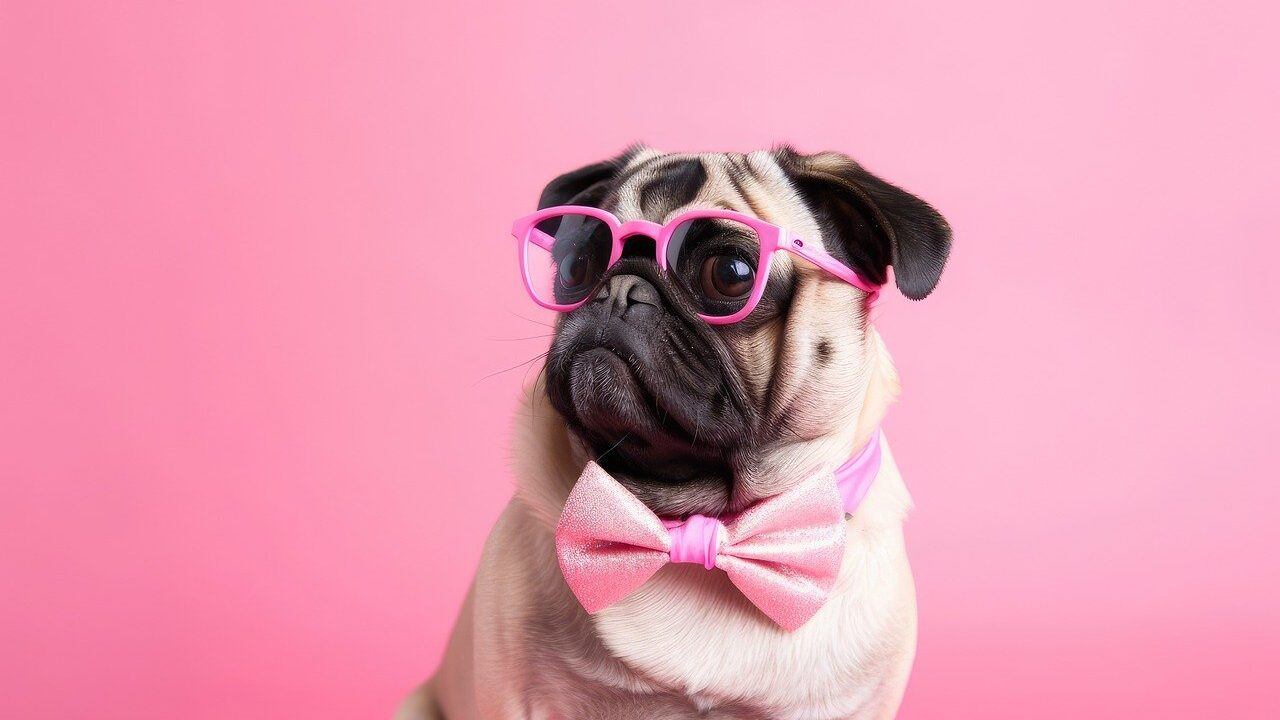
Ancient Origins: Pugs have a history that spans over 2,000 years. They were originally bred in China and were greatly admired by Chinese emperors and royalty.
- Unique Appearance: Pugs Puppies have a wrinkled face, short snout, and very big, round eyes. Their cute, compact frame, curled tail, and all make them one of the most recognizable dog breeds.
- Personality: Despite their small size, pugs have a big, charming personality. They are affectionate, playful, and often act like little clowns, entertaining their families with funny antics.
- Loyal Companions: Pugs are extremely loyal and tend to form strong bonds with their families. They are called “velcro dogs” because they always want to stay close to their owners.
- Adaptable: Pugs are very adaptable dogs. They love living in apartments or houses and adjust to both active or more relaxed lifestyles.
- Low Exercise Needs: Pugs do not need much exercise. A short daily walk and some indoor playtime is usually enough to keep them happy and healthy.
- Prone to Breathing Issues: Pugs are brachycephalic dogs, meaning their short noses make them prone to problems of breathing. This issue includes BOAS or the Brachycephalic obstructive airway syndrome. The dogs will face difficulties when heavy breathing, especially hot conditions or over-exercise situations.
- Average Lifespan: The pugs live up to 12 to 15 years, though the care and attention provided sometimes let some pugs live a little longer than that.
- Social Dogs: Pugs are social dogs who love people as well as other animals’ interaction. They don’t get aggressive and stay easily with other pets; cats, for instance.
- Low Shedding: Pugs tend to be low shedders when considering the many breeds of dogs, though they shed coat periodically, especially at changing seasons, so grooming regularly is still necessary.
PUG DOGS FAQ
IS pug is a safe dog ?
A pug is a safe dog because it is known to be a friendly dog. Pugs are affectionate and kind. They make great family pets. Everyone, including grandparents and kids, will love them. They would bark as a warning. But, they are not aggressive. They tend to run up to visitors, wagging their tails, instead of being hostile.
Are pugs good dogs?
Absolutely! Pugs are absolutely amazing dogs for anyone looking for loyal, loving pets. They're playful; adaptable; and they actually thrive on being part of the family. Pugs need little grooming. But, they crave attention and to be spoiled by their owners.
What is Pug's weakness?
While very cute, pugs do have some drawbacks. They can't breathe well in hot weather due to their flat face, and they are easy to overfeed, which causes weight gain. Therefore, it's crucial to keep their diet in check and provide regular exercise.
Their large, beautiful eyes are sensitive, too, so infections and injuries must be carefully guarded against.
How much does a Pug cost?
The price of the Pug varies with lineage, age, and location. On average, Pugs can be priced between ₹10,000 to ₹30,000 in India. Prices may vary with reputed breeders or superior pedigrees. However, always keep adoption in mind as the best emotional alternative.
Pug puppies
Pug puppies are a joyful bunch. They are playful and curious. But, they thrive on love and cuddles. So, they need affectionate moments. Therefore, suitable for families. Still, the initial training must begin for them to be nice adults.
What is the price of a pug dog in India?
The price of a Pug in India is around ₹10,000 to ₹25,000. If someone offers a Pug for just ₹1,000, verify its health and breeding.
Colors of Pugs
Pugs come in the most beautiful colors, among which fawn and black are the most common. Rare colors like silver or apricot also exist, though they may be difficult to find. Each color adds its charm to these wonderful dogs.
What did a Pug look like 100 years ago?
Pugs from 100 years ago were slightly different in appearance. They had longer legs, leaner bodies, and slightly less pronounced wrinkles. Breeding has, over the years, enhanced their round faces and compact builds. It made them the Pugs we adore today.
What is the lifespan of a pug?
Pugs typically live for 12–15 years, though with proper care, they can enjoy a long and happy life. Regular vet visits, a healthy diet, and lots of love can keep your pug thriving for years.

